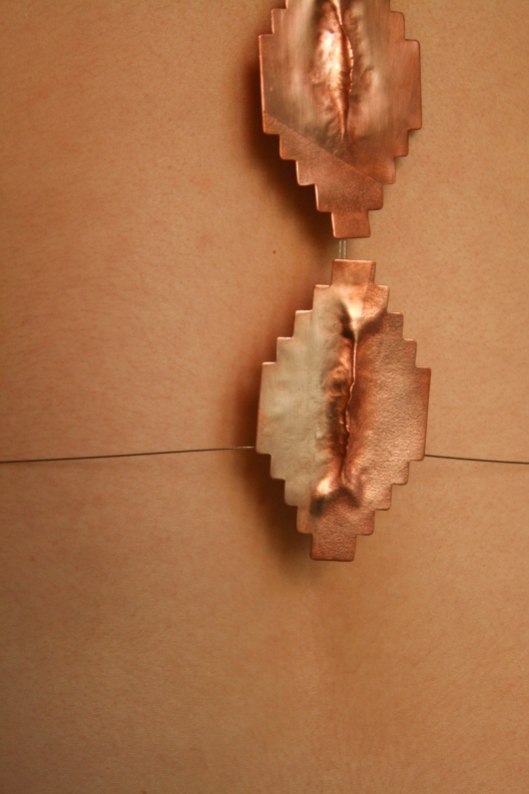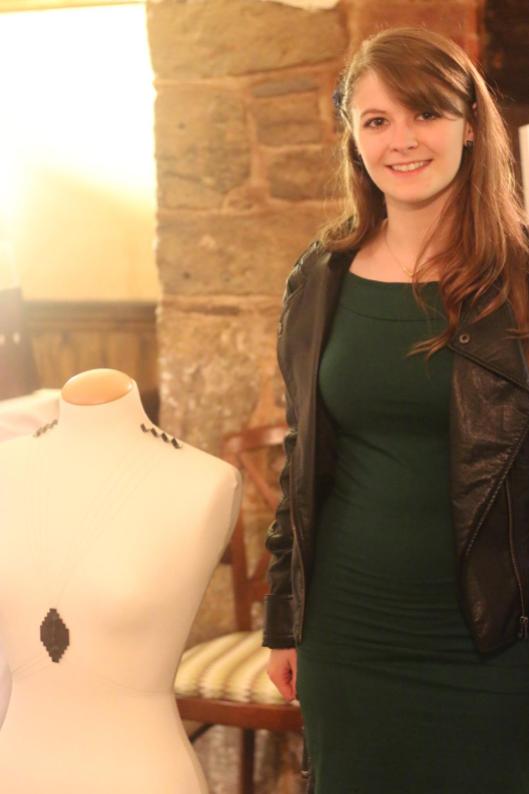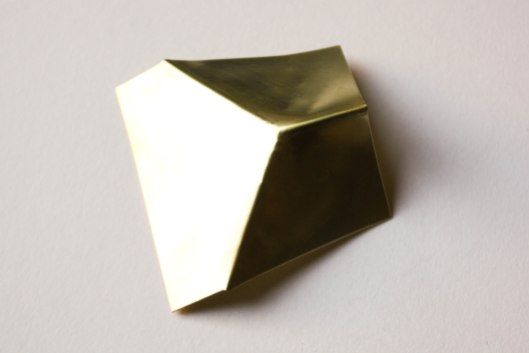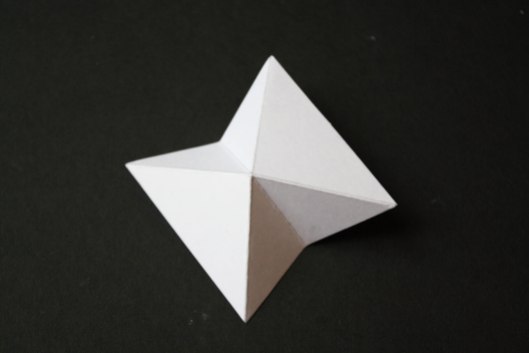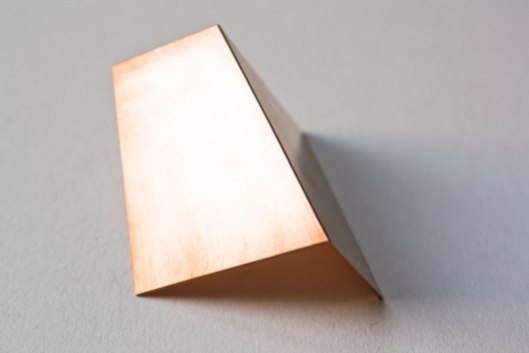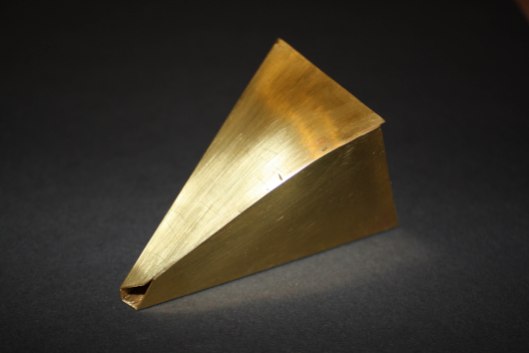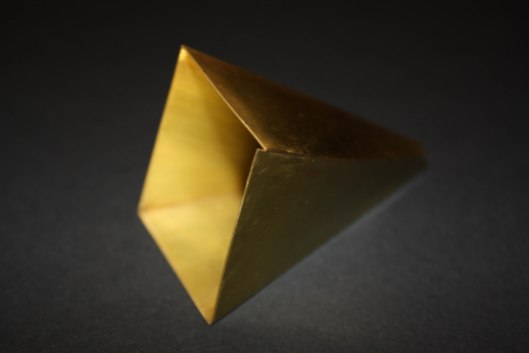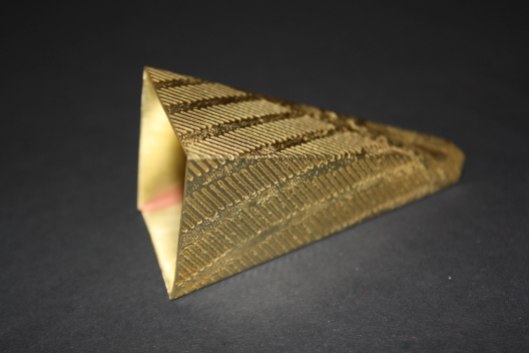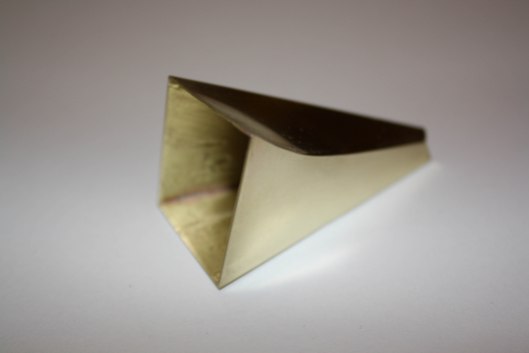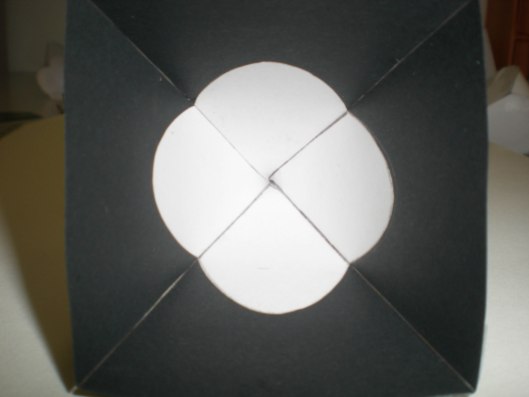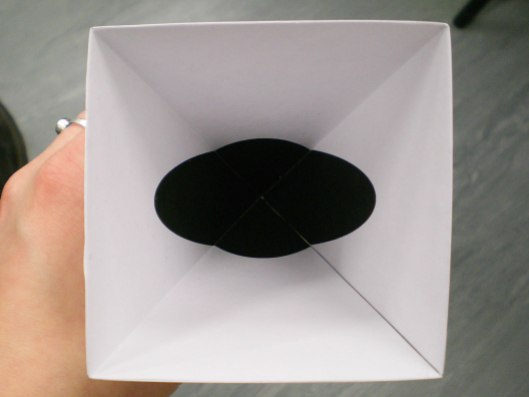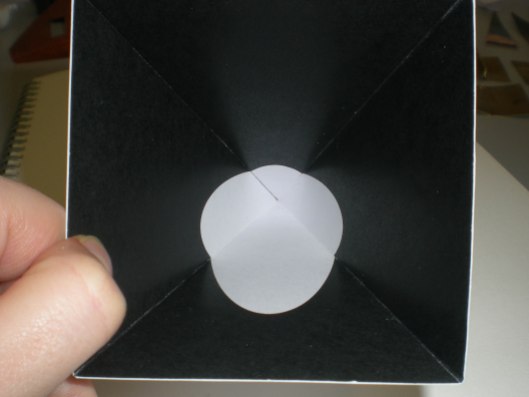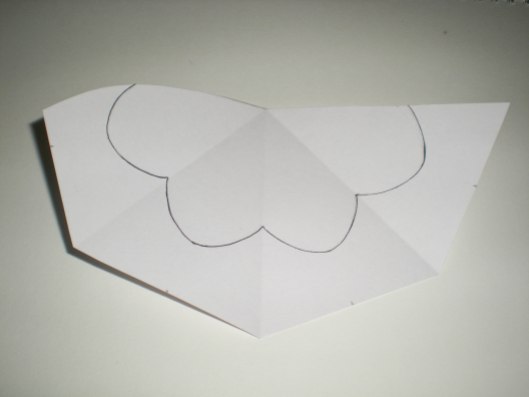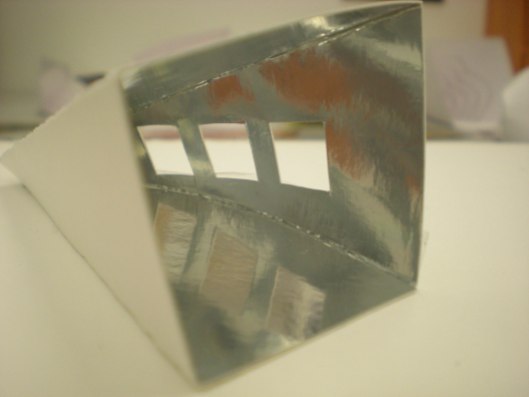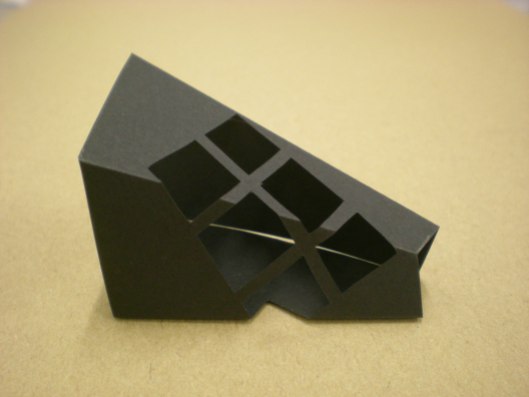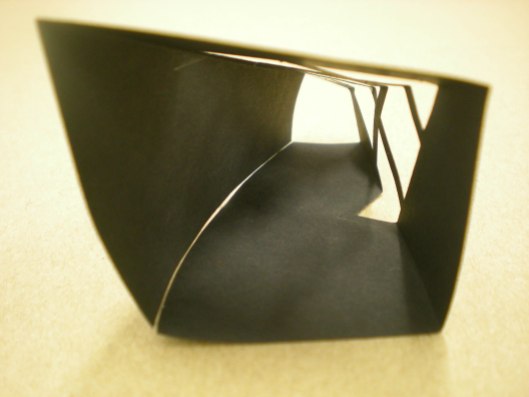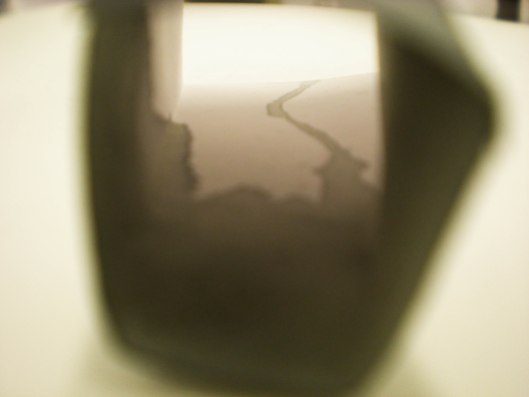Hannah Duncan Contemporary Jewellery can now be seen at Mission Gallery, Swansea.

The showcase is made up of most of my degree work plus a few new smaller necklaces and earrings. It is going to be on display for the duration of the current exhibition being held there – Situation/Material/Ocean. My work sits well next to this exhibition as it is based on coastal landscapes.

Having grown up in Swansea, as well as regularly visiting the south-west coast of Scotland, I have developed a love for the coast. This work combines enamelled silver and copper with fold-forming techniques and tangles of threads. The contrasting shapes and tactile surfaces are also used to embody the coastal landscape. My jewellery is an attempt to capture the beauty of this landscape and also immerse the wearer in the atmosphere of the shoreline.

So, if you’re in Swansea why not drop into Mission Gallery and check out the current exhibition and my work in the craft area. And while you’re at it why not treat yourself to a necklace or pair of earrings.

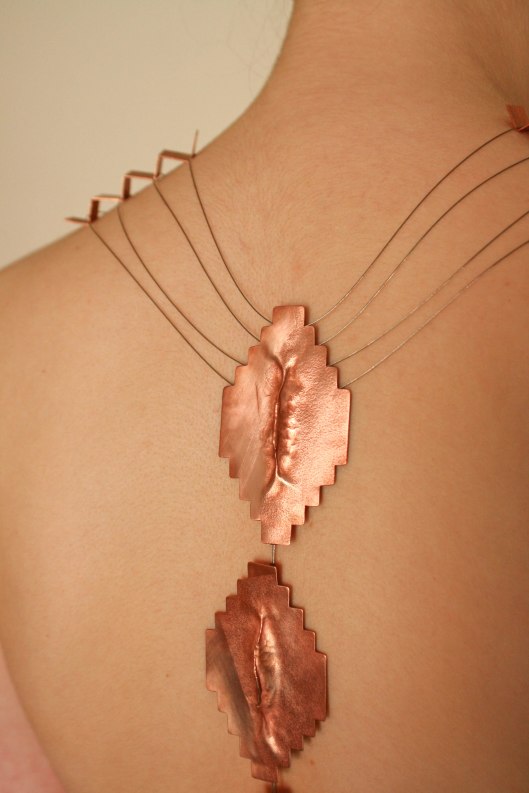 The shapes I have used are based on the Stepwells of India.
The shapes I have used are based on the Stepwells of India.
